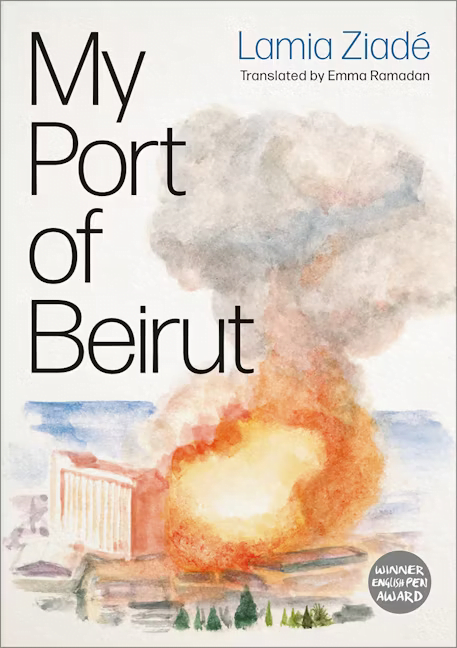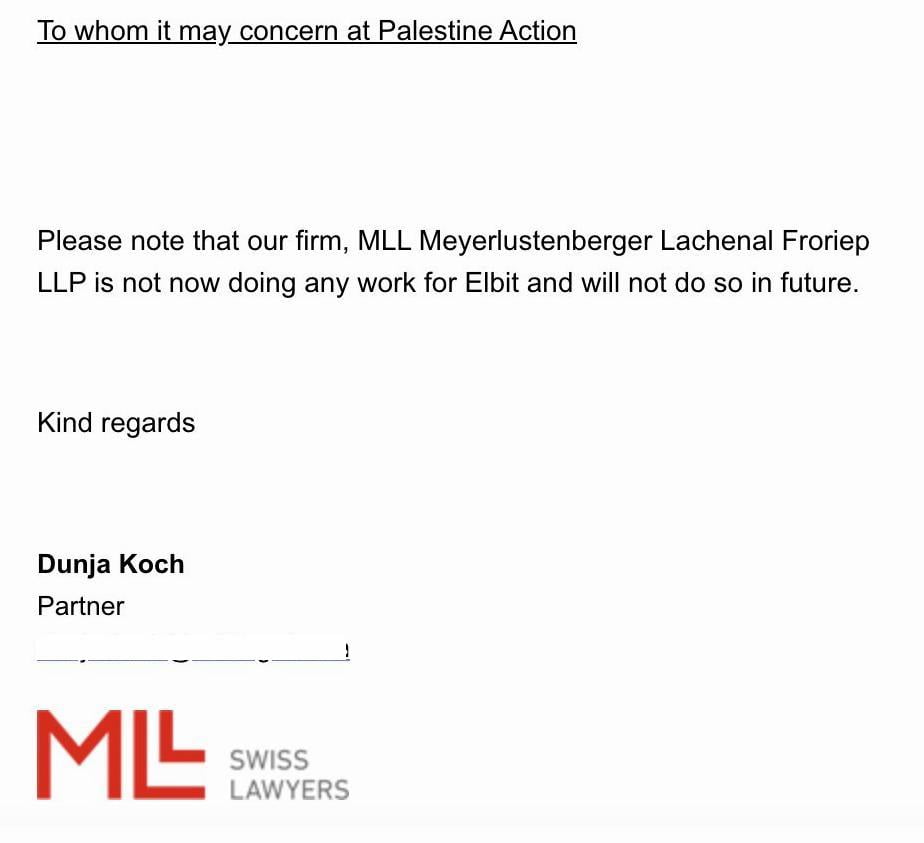Foreigners flooded to Spain during the civil war. It was mostly ordinary workers with a smattering of intellectuals and adventurers who came. Not all came to fight with rifle and bomb, however. Some came as journalists to report the truth. The new advances in photographic technology from Rolleiflex and Leica helped bring a new breed of newspaper correspondent, the photojournalist. The medium format Rolleiflex available to the public since 1929, was a twin lens reflex camera allowing portability and reliability. The 35mm Leica was even smaller. The superb quality of the lens allowed the small negative to be enlarged in the dark-room, making the tiny device a practical tool. The Leica, particularly the Leica III range intro- duced in 1933, became legend. Its distinctive profile is still copied today by compact digital camera manufactures.
Well-known civil war photographers include Spain’s Agustí Centelles, Poland’s David Seymour (Chim) and Hungary’s Robert Capa and – less well-known due to their gender – Kati Horna, also Hungarian, and Gerda Taro (pictured), a German of Polish decent. Both Taro and Horna were close friends of Capa. Taro was his colleague, companion and lover during her brief photographic career. She died at the Battle of the Brunette in 1937 while still in her twenties. Capa taught her photography and dedicated the book Death in the Making to her. This reads: “For Gerda Taro, who spent one year at the Spanish front – and who stayed on.”
Kati Horna, born Kati Deutsch, broke new ground in the photography of conflict, documenting the effect of war on civilians. Unlike Taro, Horna survived the war and finally settled in Mexico with her partner, the Spaniard José Horna. José had been imprisoned by the Nationalists in 1938 before Kati rescued him. They then made their way to Paris, the United States and finally Mexico City. Kati Horna died in 2000 leaving a horde of photographs from the Spanish Civil War. Although she never gained the fame and notoriety enjoyed by some of her contemporaries, she was at least their equal in photographic ability. Of the photographers mentioned, three (Taro, Capa and Chim) died while covering conflicts around the world. Taro was killed at Brunette in 1937, Capa died in 1954 in French Indochina and Chim lost his life during the 1956 Suez War.
Using the camera in support of a cause for which one is sympathetic must test one’s powers of impartiality. The phrase ‘The camera doesn’t lie’ is one of the greatest misconceptions ever. The camera has always lied and it is becoming easier to ‘doctor’ an image. The pressures on these photojournalists to portray ‘action’ images or images which would show the Republic in a favourable light must have been tremendous. It is now known that Capa changed the provenance of his ‘Fallen Soldier’ image. It was taken at Espejo and not Cerro Muraino as he suggested. This is not proof that it was staged but as there was no reported fighting at Espejo when Capa was there, some doubt must be cast on its validity. Who took which picture is also in dispute, particularly between Capa, Chim and Taro as they worked together on occasions and I would imagine shared equipment. One picture attributed to Taro taken on board the warship Jaime I in Almería harbour, appears to show herself in the shot. There is never ending debate regarding authenticity.
Centelles’s images show the bitter street fighting, mourning mothers and wives as they weep uncontrollable over the corpses of their loved ones. Perhaps his most poignant images are those of shuffling masses of refugees heading north across the Pyrenees and into internment in France. Frail women consoling frightened children in the hastily erected French camps. Uncertainty and fear all too evident on their young faces. David Seymour (Chim) specialised in photographing children. He photographed the orphaned and the injured. Images of children with missing limbs playing football on crutches, trying desperately to regain normality by performing a familiar task. One of his images simply shows two Republican militiamen gently carrying a heavy crucifix to safety. The impact of this photograph in the propaganda war was immense.
Capa reacted with people, if ever there was a person who possessed the ‘common touch’ it was he. His images are well known and moving. At Montblanch in October 1938 he captured the faces of the parading soldiers. The pride and resignation as they said goodbye to the International Brigades. One can see the fate of the Republic in the eyes of these men. Their gratitude to the departing columns and the belief in their now almost certainly lost cause. It is arguable a masterpiece of photojournalism. Taro, who fell somewhat under the shadow of Capa, made some moving images of the refugees from Málaga as they tried to find safety in Almería. Of the children once more, the innocents who suffered so badly. Left to her own devices she tended to be more openly political. She covered conferences and meetings, helping the propaganda machine of the Republic. Horna was overtly political and much involved with the anarchist cause. Her images depict those behind the lines. The agrarian struggle which was a major cause of the war, threshing grain and ploughing amidst the uncertainty of war. The backbreaking toil with antiquated and inefficient tools. Her work above all others echoed many of the causes which led to war.
Photojournalism is still an extremely dangerous and necessary job. We have seen a new wave of development in photography: long focus fast lenses, digital cameras and sophisticated editing software. These are simply tools, however. We still need the courage, compassion and dedication of individuals to produce moving and thought provoking images.








